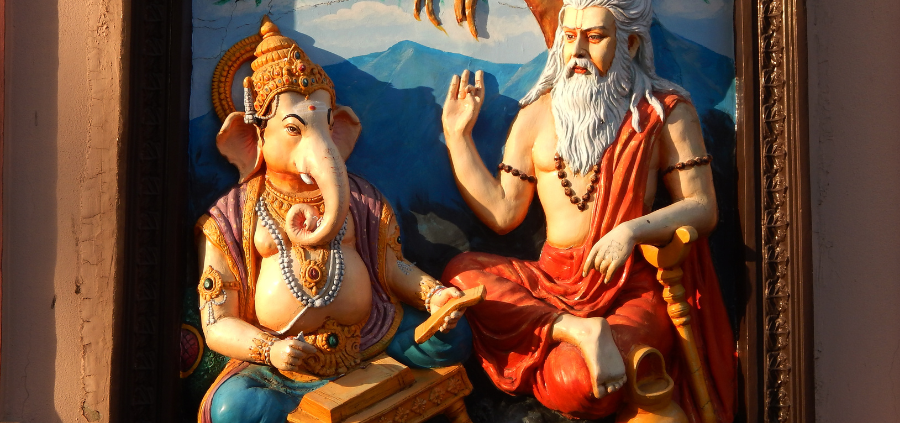The History of Yoga – part II
Continued on the History of Yoga. Follow below.
- Samkhya – A philosophy originating approximately 3,000 years ago that influenced all other Yoga traditions that came after. Jnana Yoga.
Spiritual path as a science of describing the nature of the universe and mind
- This philosophy sees itself as the mother of science;
- The concepts of avidya, hope and suffering and kaivalya, enlightenment as salvation appear for the first time;
The aim was to describe all components of the Universe with spirit as the most fundamental; - The original Samkhya makes no reference to God because the aim is scientific and not religious investigation;
- Samkhya declares that the Universe is a school where we can discover our true nature with spirit;
- Pure spirit, purusha, is seen as distinct from matter, prakriti;
- Every Yoga that came after is based on this philosophy in one way or another;
- The methodology of Samkhya is contemplation on the spirit and discernment between matter and spirit.
What keeps a person attached to matter is the activity of the three gunas – rajas, tamas and sattva.
Recognition of the real Being as the purpose of life / The personality as a matrix of conditioning that produces suffering / reincarnation as the destiny of those who do not recognize the real being
- Within samkhya philosophy, the world exists as a school for recognizing the Real Self;
- Personality, and all the likes and dislikes associated with it, are considered conditionings that do not reflect the real Self;
- Suffering serves to warn us that we are moving away from our true nature;
- Experiences, peace and harmony that bloom from the inside out, indicate to us that we are approaching the real Being;
- As long as the purusha is not recognized, we continue in a cycle of endless births.
The Nature of the world under the influence of the gunas
- Because of the polarity of the gunas, the material world by itself does not offer happiness, but creates suffering and limitation.
- Rajas is an energy of desire and expansion related to the search for happiness and satisfaction in the present and future;
- Rajas have value when channeled to the spiritual path;
- Tamas is an energy of inertia, conservatism and stagnation that tends to focus on the past;
- Tamas energy is needed to create ground for the spiritual journey;
- Sattva is an energy of balance that focuses on the present moment. Associated with positive emotions such as love and compassion, lightness and openness of heart, Sattva is a gateway to the experience of enlightenment;
- Because it’s a rollercoaster of ups and downs, the only way to avoid getting sick is to get out of the game of trying to find happiness in matter and find it within yourself.











